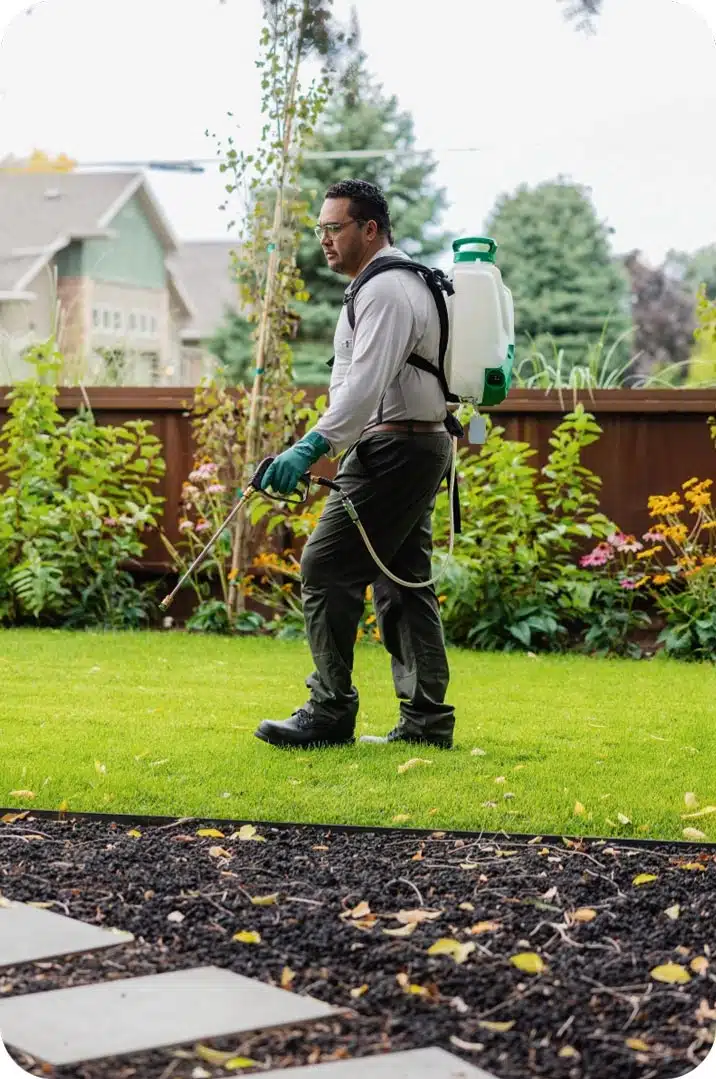Bed Bug Therapy Malfunction: Contrasting Chemical Vs. Non-Chemical Solutions
In the world of parasite control, especially when managing the relentless concern of bed insects, the choice in between chemical and non-chemical treatment options can be a pivotal one. Both methods supply distinct advantages and downsides, affecting elements such as effectiveness, safety considerations, and overall expense. By analyzing the nuanced details of each technique, a more clear understanding of which course to pursue in resolving a bed insect infestation can be achieved.
Performance of Chemical Treatments
Chemical therapies for bed bug infestations have been commonly acknowledged for their powerful and quick efficiency in eliminating these insects. When taking into consideration the performance of chemical treatments, it is crucial to comprehend that they can give a comprehensive and quick remedy to a bed pest issue. Specialist pest control men typically depend on insecticides to target bed pests at various phases of their life process, including grownups, eggs, and fairies. These chemicals normally function by interfering with the bed bugs' nerve system, leading to paralysis and eventual death.
In addition, chemical therapies have the benefit of using residual results, suggesting that they can remain to eliminate bed insects even after the initial application. This residual action is particularly beneficial in combating any type of possible re-infestations. Additionally, the fast activity of chemical therapies can bring relief to people encountering serious bed insect invasions, allowing them to regain control of their home rapidly.
Safety Issues With Chemical Solutions
One vital element that requires mindful factor to consider when making use of chemical options for bed insect treatment is making sure the security of occupants and the environment. Direct exposure to certain chemicals made use of in bed insect treatments can lead to breathing issues, skin irritation, or various other negative reactions, especially in people with pre-existing problems or sensitivities.
Furthermore, the ecological influence of chemical options is an additional substantial consideration. Some pesticides utilized in bed insect therapies might be unsafe to useful bugs, wild animals, and environments if they leach right into the soil or water supply. It is necessary to use chemical treatments sensibly, following security guidelines, and taking into consideration less hazardous choices to reduce these threats and ensure the effective and risk-free monitoring of bed bug infestations.
Benefits of Non-Chemical Techniques
Taking into consideration the prospective security concerns and ecological effect connected with chemical services for bed bug treatment, checking out non-chemical methods presents an encouraging choice with a number of unique benefits. Non-chemical treatments are environmentally friendly, as they do not add to air or water air pollution, making them a lasting option for bug control.
Furthermore, non-chemical remedies can be reliable in targeting bed insects, consisting of hard-to-reach locations where chemical treatments might not penetrate. Approaches such as warm treatment, vacuuming, heavy steam cleaning, and cushion coverings offer detailed elimination without the use of harmful chemicals. In addition, non-chemical techniques can be less turbulent, requiring very little preparation and enabling quicker reentry right into dealt with areas. Overall, selecting non-chemical bed insect therapy methods not only focuses on security and environmental security however additionally makes sure efficient and detailed pest control.
Limitations of Non-Chemical Treatments

Furthermore, non-chemical treatments commonly need numerous applications to achieve successful eradication. This can be lengthy and may not constantly ensure total my response removal of all bed bugs and their eggs, particularly in surprise or hard-to-reach locations.
In addition, the success of non-chemical treatments greatly counts on proper execution and thoroughness, which can be testing for individuals without expert expertise. Insufficient application of non-chemical approaches may result in insufficient removal, leading to consistent infestations and the demand for added therapies.
As a result, while non-chemical therapies have their advantages, it is essential to recognize these constraints and consider them when identifying the most efficient method for handling bed insect invasions.
Expense Comparison: Chemical Vs. Non-Chemical Options
Given the constraints associated with non-chemical treatments, a necessary element to assess in the context of bed bug administration exterminator business is the expense contrast between chemical and non-chemical choices. In comparison, non-chemical treatments like heat treatment or vapor can be more expensive, with costs varying from $1,000 to $6,000 for an entire home. While the preliminary expense of chemical therapies may seem reduced, several therapies may be required to totally get rid of the infestation, possibly increasing the total cost.
Conclusion

Taking into consideration the potential security problems and environmental effect linked with chemical services for bed insect therapy, exploring non-chemical techniques presents an appealing choice with a number of distinctive benefits.Provided the constraints associated with non-chemical treatments, a crucial aspect to examine in the context of bed bug administration is the price contrast in between chemical and non-chemical alternatives. In comparison, non-chemical therapies like heat treatment or steam can be much more expensive, with costs ranging from $1,000 to $6,000 for an entire home. While the initial cost of chemical treatments may seem lower, multiple treatments may be needed to completely remove the read review problem, potentially increasing the overall expense.In conclusion, when contrasting chemical and non-chemical bed insect therapy alternatives, it is important to think about performance, safety and security, advantages, constraints, and price.